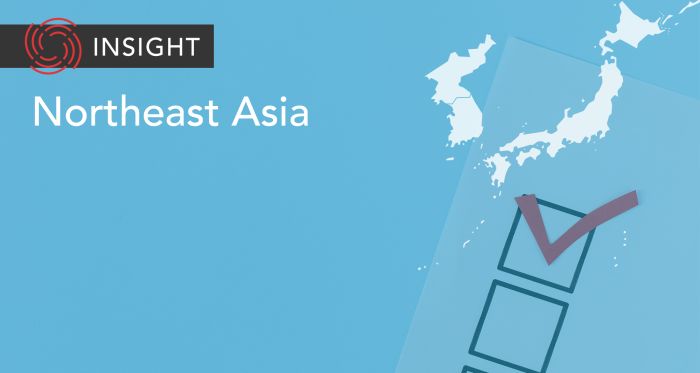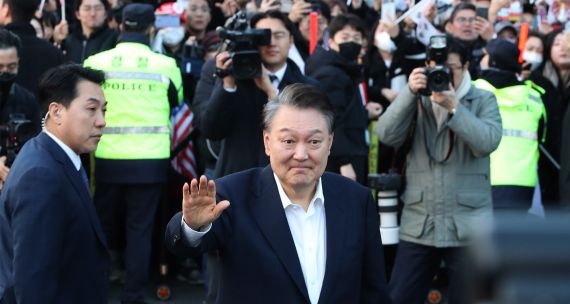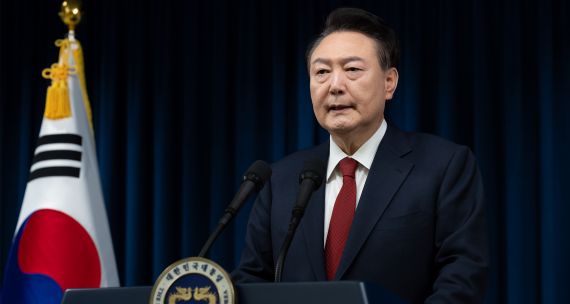The Takeaway
North Korea’s local elections, occurring every four years, have traditionally been a ceremonial day marked by festive attire and formalities. This year’s elections on November 26 took place with a significant alteration, reflected in an August 2023 amendment to the country’s electoral law. For the first time, the introduction of multiple candidates through a preliminary election process allowed for more than one candidate per position. This shift, while seemingly a step towards electoral diversity, raises questions about the extent of North Korea’s democratic legitimacy.
In Brief
North Korea’s election law, including changes made to the electoral process in August, ostensibly reflect democratic norms, mandating universal, equal, direct elections by secret ballot. Among the most notable changes in August were the introduction of multiple candidates at the provincial and municipal level and the public disclosure of comprehensive candidate information, seemingly enhancing voter knowledge and rights. However, the candidate nomination system, historically culminating in a single-candidate ballot, significantly undermines these democratic ideals. Despite the appearance of a multi-candidate system, only one candidate typically progresses to the final voting stage.
Given the historical pattern of high voter turnout and near-unanimous approval of single candidates, North Korea’s electoral process has been viewed more as a sophisticated form of state-controlled electoral theatrics than authentic democratic system. Since this is the first election to allow more than one candidate per jurisdiction, it is worth observing if the process will allow for genuine democratic participation or be largely symbolic.
Since the foundation of North Korea in 1948, North Korea has used the black-and-white ballot box system, theoretically enabling voters to openly express approval or dissent. This system’s practical implementation in a single-candidate context curtails genuine freedom of expression, particularly as the ballot boxes were conspicuously placed in public polling spaces. Since 1962, voters could theoretically express dissent in the single-candidate context by physically crossing out the candidate’s name on the ballot with a pen on the ballot box in front of observers. The revised August electoral law will allow voters to put their ballets in a ‘yes’ or ‘no’ box. But discreet voting will likely remain limited as the boxes will continue to be conspicuously monitored.
Implications
The electoral reforms may serve dual purposes: projecting an image of a forward-looking North Korea to the outside world while concurrently consolidating internal governance structures. The introduction of multiple candidates in North Korea’s local elections, while offering more choice on the surface, does not fundamentally alter the power dynamics within the ruling party. The selection process remains tightly controlled by Pyongyang, with the party likely pre-selecting candidates in the multiple-choice scenario. This has led to skepticism among local residents, some of whom question the potential impact and genuine representation these candidates can offer under the strictures imposed by national policy. This sentiment signifies a deep-rooted cynicism toward the electoral process and the effectiveness of local governments in North Korea.
North Korea seems to be using these electoral changes as a strategic tool to enhance its global image. The portrayal of a more democratic society, particularly in comparison to South Korea and the U.S., is aimed at reinforcing the regime’s legitimacy and authenticity on the world stage. This approach extends beyond internal political restructuring to international narrative-building, seeking to reshape perceptions of North Korea as a progressive, albeit misunderstood, country.
The South Korean government interprets these changes as part of North Korea’s strategy to maintain and strengthen internal control. Accompanying actions, such as increased scrutiny of resident registrations and limitations on population movements during elections, point to an agenda that reinforces domestic solidarity, internal surveillance, and control mechanisms.
What's Next
- Upcoming national election and its implications
The national election set for March 2024, potentially the second election under the revised electoral law, represents a critical juncture. It will further test whether the introduction of multiple candidates in local elections signifies a substantive change or merely a cosmetic adjustment. In light of the 2019 national election, where non-military personnel were appointed in large numbers, the upcoming national election in March could set a precedent, influencing both the internal political dynamics within North Korea and the international community’s interest in its electoral system.
- Global monitoring and research opportunities
The recent changes in North Korea’s election process will likely provoke more related research from think-tanks and individual South Korean researchers who examine post-unification governance and election scenarios. This period will be crucial for exploring local governance dynamics and formulating new perspectives on North Korea’s political landscape and future elections.
- Lower voter turnout sparking tightened state control?
The November local elections in North Korea reported a voter turnout of 99.63 per cent, a slight decrease from 99.98 per cent in July 2019. North Korean authorities attributed this drop to citizens abroad or at sea who could not participate. However, given the country’s stringent border controls and repatriation policies, this reasoning seems implausible. Rather, this decrease might indicate a minor weakening in state control, as voting in North Korea is more an obligation than a right. In response, the authorities may intensify internal surveillance by tracking absentees and those moving without permission.
• Produced by CAST’s Northeast Asia team: Dr. Scott Harrison (Senior Program Manager); Momo Sakudo (Analyst); and Tae Yeon Eom (Analyst). Edited by: Ted Fraser. Design by: Chloe Fenemore.




